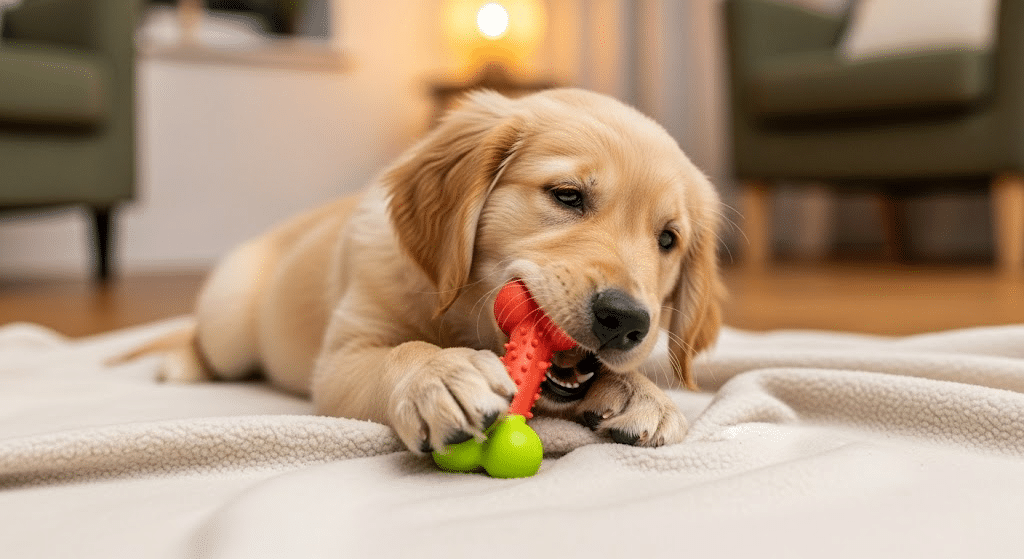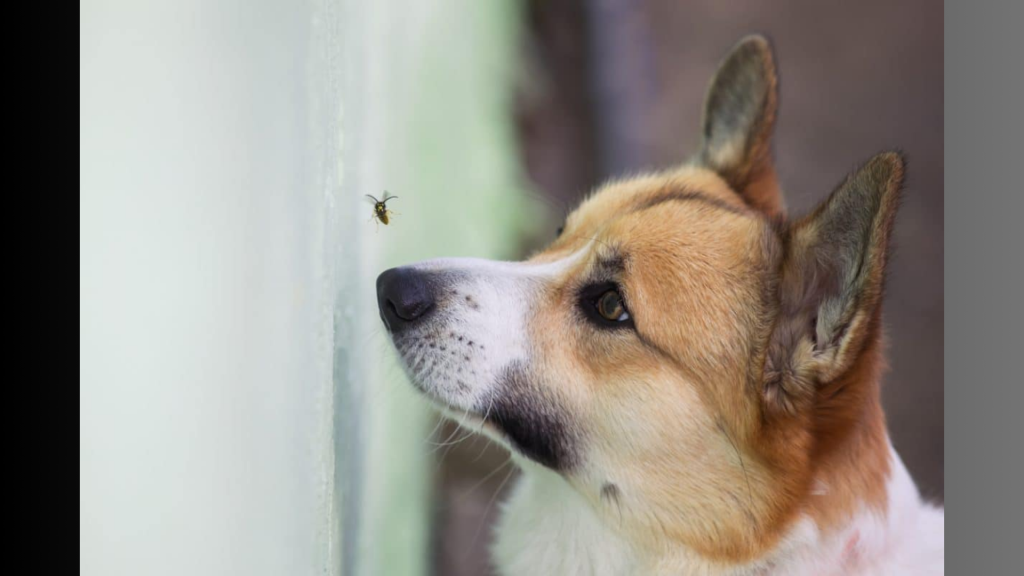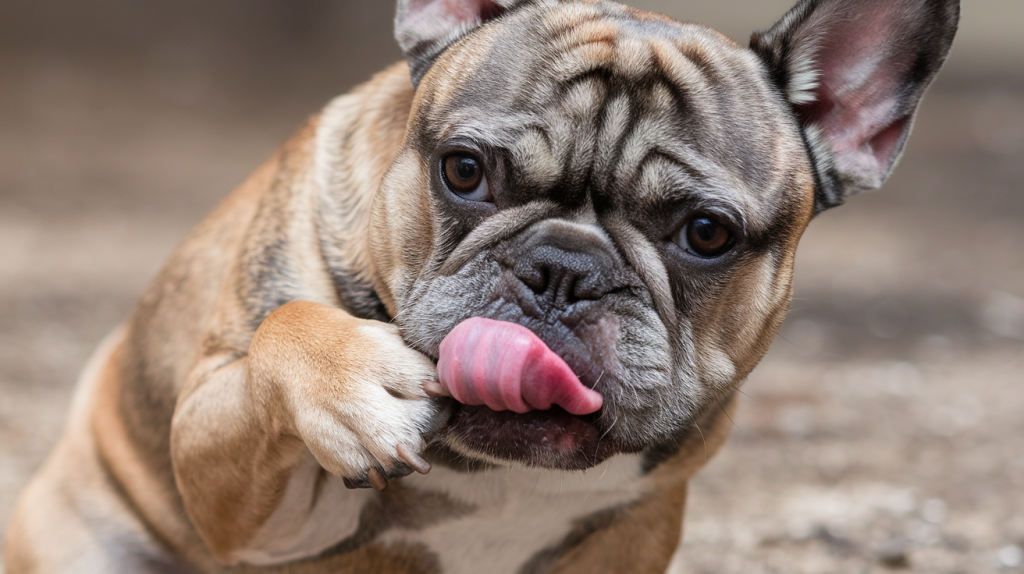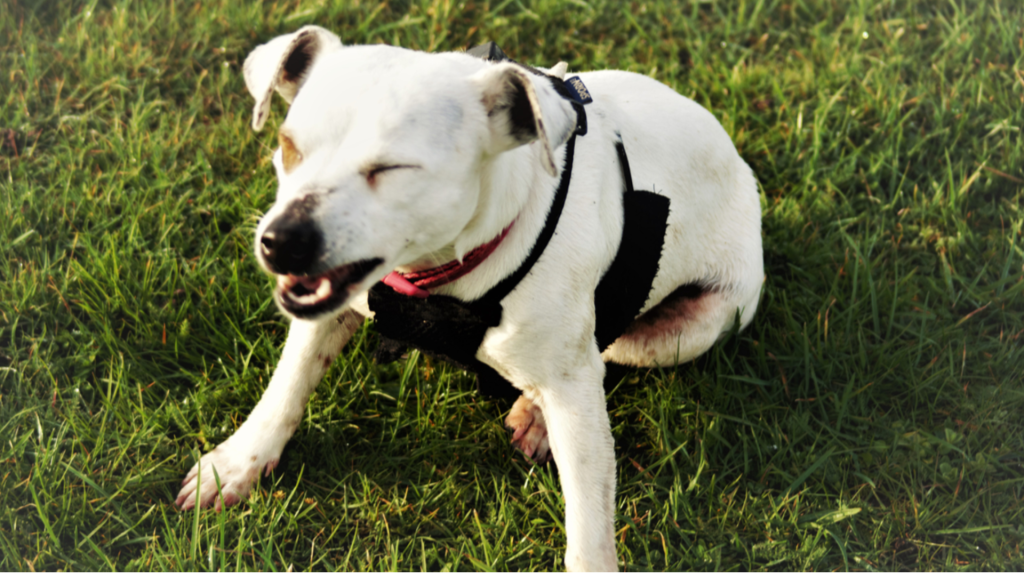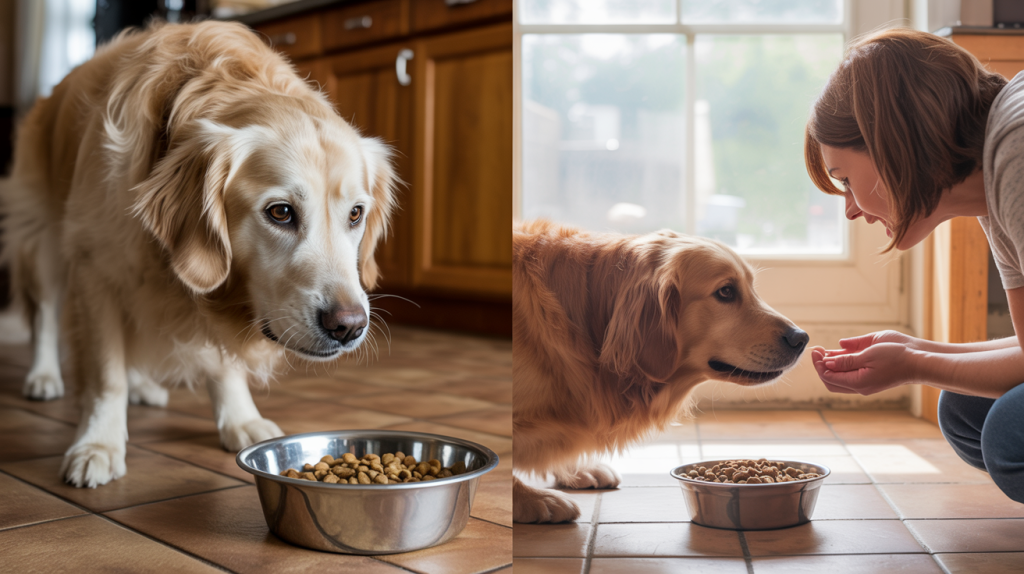New puppy owners often panic when they find tiny teeth scattered around their home or notice their furry friend’s gums bleeding slightly.
But here’s something that might surprise you – puppy tooth loss is actually a completely natural process that every healthy dog goes through. Understanding when and why this happens can save you unnecessary worry and vet visits.
The question is it normal for puppies to lose teeth has a reassuring answer that will put your mind at ease.
Keep reading to learn everything you need to know about your puppy’s dental development, what to expect during teething, and when you should actually be concerned about your little one’s oral health.
Understanding Puppy Teething Basics
Puppy teething works much like human baby teething, but it happens much faster. Most puppies are born without teeth, then develop their first set of 28 baby teeth between 3 to 6 weeks old. These small, sharp teeth help them learn to eat solid food and play with their littermates.
The big change starts around 12 to 16 weeks old. This is when do puppy teeth fall out and get replaced by adult teeth. The process usually finishes by 6 months of age, leaving your pup with 42 permanent teeth.
Many pet owners wonder that do puppies swallow their baby teeth. The answer is yes – they often do!
You might find some teeth around the house, but most get swallowed during meals or play. This is completely normal and won’t harm your puppy at all.
Signs and Symptoms of Teething in Puppies
Teething puppies show clear signs that their teeth are changing. Knowing what to look for helps you support your pup through this natural process. Here are the main symptoms you’ll notice:
Increased Chewing Behavior: Your puppy will chew everything in sight. Shoes, furniture, toys, and even your hands become fair game. This helps relieve the pressure and pain in their gums.
Drooling: Expect more saliva than usual. You might notice wet spots where your puppy has been lying or playing.
Bleeding Gums: Small amounts of blood on toys or in their mouth are normal. The gums become tender as new teeth push through.
Loss of Appetite: Some puppies eat less during teething because their mouth hurts. They might prefer softer foods temporarily.
Irritability: Your usually happy puppy might seem cranky or restless. They’re dealing with discomfort, just like human babies do.
The Puppy Teething Process Explained
Understanding the complete teething timeline helps you know what to expect at each stage. This process is completely natural, and when people ask is it normal for puppies to lose teeth, the answer is absolutely yes, and it has a simple process too. Here’s how it unfolds:
Birth to 3 Weeks: No Teeth Stage
During their first few weeks, puppies don’t have any teeth at all. This makes perfect sense since they only drink their mother’s milk during this time.
- Puppies are born completely toothless
- They rely entirely on nursing for nutrition
- Their gums are soft and pink
- No chewing behavior is needed yet
3 to 6 Weeks: Baby Teeth Emerge
The first tiny, needle-sharp teeth start breaking through the gums. These baby teeth are also called deciduous teeth or milk teeth.
Your puppy develops 28 baby teeth during this period. These small teeth are incredibly sharp and help them start eating soft puppy food. The teeth come in a specific order, starting with the front teeth.
- Incisors appear first (front teeth)
- Canine teeth follow (the pointed ones)
- Premolars come in last
- All 28 baby teeth should be present by 6 weeks
12 to 16 Weeks: Adult Teeth Start Coming In
This is when the real teething begins. Adult teeth start pushing through, causing the baby teeth to loosen and fall out.
The process can be uncomfortable for your puppy, which explains the increased chewing and occasional crankiness. Most baby teeth will either fall out on their own or get swallowed during meals.
- Adult teeth push baby teeth out
- Front teeth usually change first
- Back teeth follow in the coming weeks
- Some discomfort and bleeding is normal
4 to 6 Months: Full Adult Set Complete
By six months old, most puppies have their complete set of 42 adult teeth. These permanent teeth are larger, stronger, and designed to last their entire life.
The teething symptoms should start to fade as your puppy gets used to their new teeth. Their chewing behavior might continue, but usually becomes less intense.
- All 42 adult teeth should be in place
- Teething discomfort decreases
- Chewing behavior may continue, but it lessens
- Regular dental care can now begin
Best Ways to Soothe a Teething Puppy
Your teething puppy needs extra comfort and care during this uncomfortable time. Here are proven methods to help ease their pain:
1. Provide appropriate chew toys: Soft rubber toys or rope toys give your puppy something safe to gnaw on. Avoid hard items that could damage their tender gums.
2. Try frozen treats: Frozen carrots, ice cubes, or special puppy teething toys can numb sore gums and provide relief. The cold temperature reduces inflammation naturally.
3. Offer gentle gum massage: Use your clean finger to gently rub your puppy’s gums. This increases blood flow and can ease discomfort.
4. Give softer food: If your puppy struggles with hard kibble, try soaking it in warm water to make it easier to chew.
5. Stay patient: Remember that this phase is temporary. Your puppy isn’t being naughty – they’re just trying to feel better. Many owners worry and ask, is it normal for puppies to lose teeth during this time, Worry not, it’s a healthy process.
Common Teething Challenges and Solutions
Many puppy owners face similar issues during the teething phase. The most common problem is destructive chewing – your puppy might destroy shoes, furniture, or household items. The solution is redirecting this behavior to appropriate chew toys and puppy-proofing your home.
Another challenge is when puppies bite hands or clothes during play. This happens because their gums hurt, and they’re learning bite control.
Teach them “no bite” commands and offer toys instead of your hands. Some puppies lose their appetite during teething because eating hurts. Try softening their food with warm water or offering smaller, more frequent meals.
Blood spots on toys or slight gum bleeding worry many owners. When people ask is it normal for puppies to lose teeth and see blood, the answer is yes – light bleeding is completely normal during tooth loss. Finally, increased whining or restlessness is common.
Extra patience and comfort help your puppy through this temporary discomfort.
When Veterinary Help is Needed for Teething Issues
While teething is normal, some situations require professional attention. Most teething problems resolve on their own, but certain warning signs shouldn’t be ignored. Contact your vet if you notice these issues:
- Heavy bleeding from the gums that doesn’t stop after a few minutes
- Baby teeth that remain in place after 7 months of age alongside adult teeth
- Adult teeth are growing in crooked or in the wrong positions
- Signs of infection, like bad breath, yellow or green discharge, or swollen gums
- Complete loss of appetite lasting more than 2-3 days
- Extreme pain where your puppy won’t let you touch their mouth at all
- Any broken or cracked adult teeth
- Persistent vomiting or diarrhea during the teething period
- Adult teeth that appear loose or wobbly
Summing It Up
Puppy teething is a natural milestone that every dog owner experiences. From those first sharp baby teeth to the complete adult set, this process shows your puppy is growing healthy and strong.
The key is staying prepared with appropriate chew toys, patience, and knowing when to seek help.
Your puppy’s temporary discomfort will pass, leaving them with strong teeth for life. Most importantly, this phase strengthens the bond between you and your furry friend as you help them through it.
What teething challenges have you faced with your puppy? Share your experiences in the comments below.


